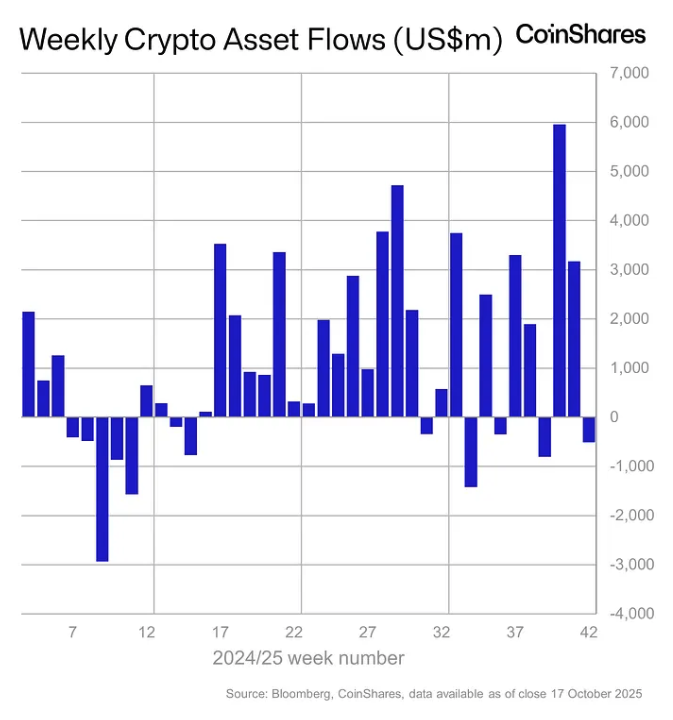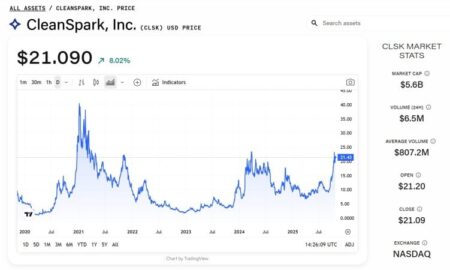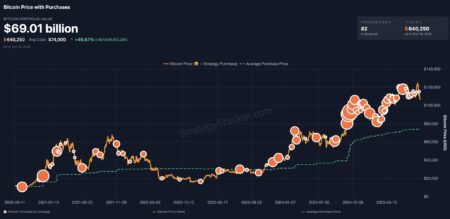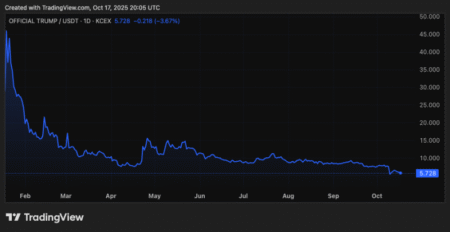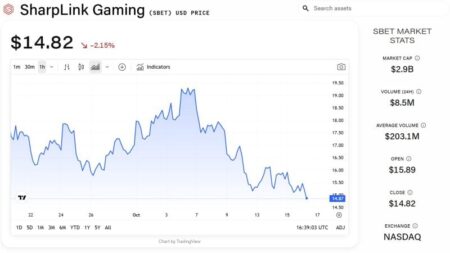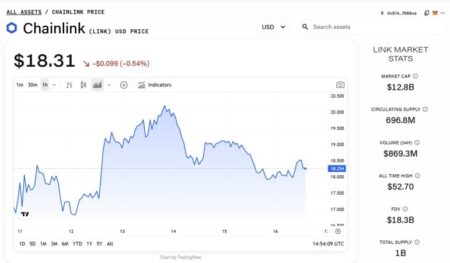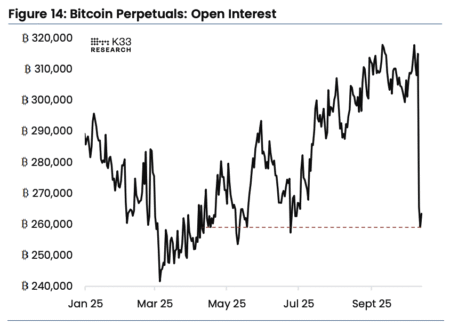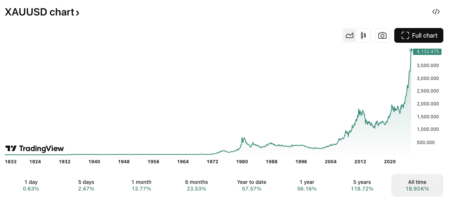Crypto Investment Products Face Significant Net Outflows Amid Market Volatility
Global cryptocurrency investment products, managed by major asset managers including BlackRock, Bitwise, Fidelity, Grayscale, ProShares, and 21Shares, experienced notable net outflows last week, totaling $513 million. This trend comes on the heels of severe market corrections, particularly the liquidation cascade on October 10, which left many investors reassessing their positions. According to data from CoinShares, these net outflows now accumulate to $668 million since the market turmoil began, indicating a contrasting sentiment between traditional exchange-traded product (ETP) investors and those who operate on-chain.
Despite the outflows, the weekly trading volumes for digital asset ETPs showed resilience, reaching approximately $51 billion. This figure is nearly double the weekly average anticipated for 2025, as reported by CoinShares Head of Research, James Butterfill. Interestingly, the outflows were predominantly U.S.-centric, accounting for $621 million of the total. While U.S. investors withdrew significantly, countries like Germany, Switzerland, and Canada welcomed net inflows of $59.3 million, $48 million, and $42.3 million, respectively, exemplifying regional disparities in investor sentiment.
The past week’s performance for leading cryptocurrencies Bitcoin (BTC) and Ethereum (ETH) also reflected the broader market dynamics, with BTC and ETH experiencing drops of around 5.8% and 6.3%. These declines have affected investment strategies, especially given that Bitcoin-based investment products faced the brunt of the selling pressure, recording outflows of $946 million. Thus far in 2024, inflows into Bitcoin funds have totaled $29.3 billion, a decrease from the previous year’s impressive $41.7 billion.
Moreover, the U.S. spot Bitcoin exchange-traded funds (ETFs) suffered from significant net outflows, tallying $1.2 billion—the second-largest since their launch in January 2024. Butterfill’s analysis points out a distinct dichotomy, with Ethereum investors seizing the opportunity to buy the dip amidst Bitcoin’s outflows. Ethereum funds saw inflows of $205 million, driven primarily by a 2x leveraged ETP that attracted a whopping $457 million, signifying strong investor confidence in ETH despite its recent price volatility.
On the flip side, the U.S.-based spot Ethereum ETFs were unable to maintain this positive momentum, witnessing outflows of $311.8 million. The market’s landscape is evolving with an upcoming launch of Solana and XRP ETFs in the U.S., which has already generated substantial interest and encouraged inflows into existing investment products associated with these assets. Specifically, these funds garnered inflows of $156 million and $73.9 million, respectively.
The activity in the crypto investment market underscores the ongoing complexities and fluctuations investors face in the digital asset landscape. Historical patterns indicate that investor psychology plays a crucial role during market downturns, causing some to liquidate positions while others view potential price drops as opportunities for accumulation. As asset managers continue to navigate these turbulent waters, the focus will likely remain on understanding investor responses to market movements, regulatory changes, and the evolving nature of crypto investment products.
In conclusion, while the significant outflows reflect investor wariness in the face of market volatility, ongoing trading volume suggests ongoing interest in cryptocurrencies. As we look ahead, discerning the motives and behaviors of investors—be they cautious or opportunistic—will be essential for understanding the trajectory of the crypto investment landscape. Against this backdrop, crypto asset managers must navigate these challenges and adapt their strategies to secure investor confidence in an ever-maturing market.





